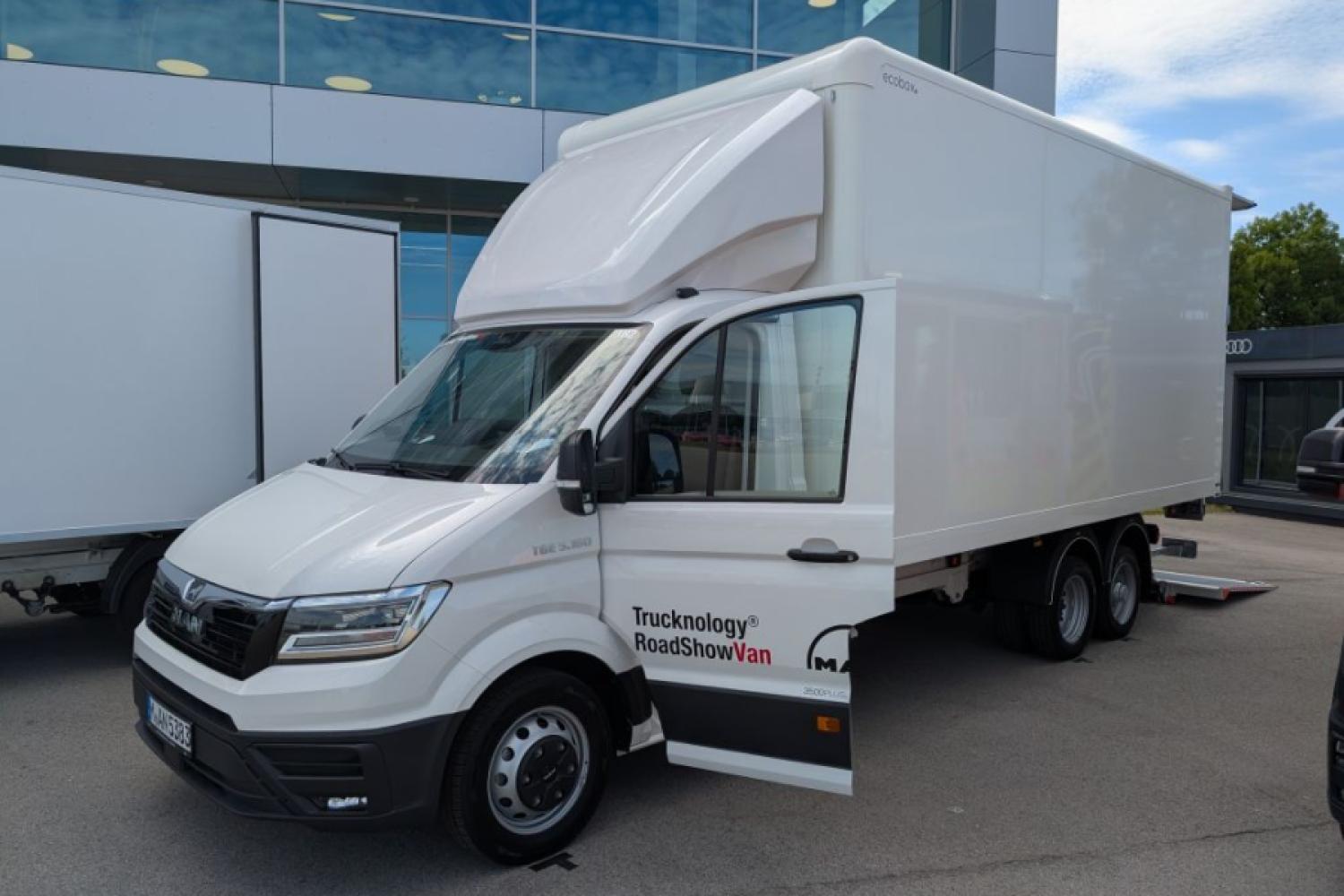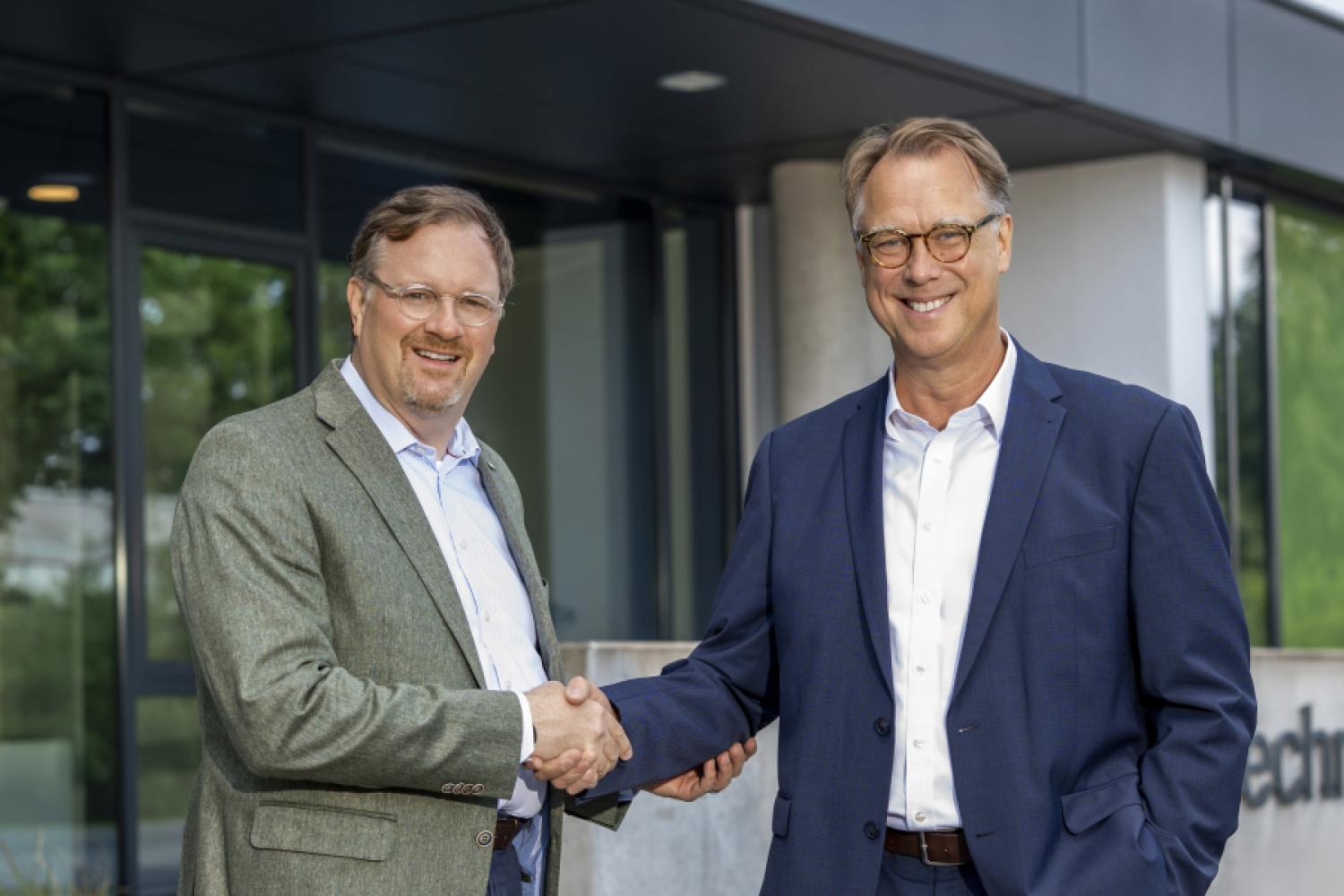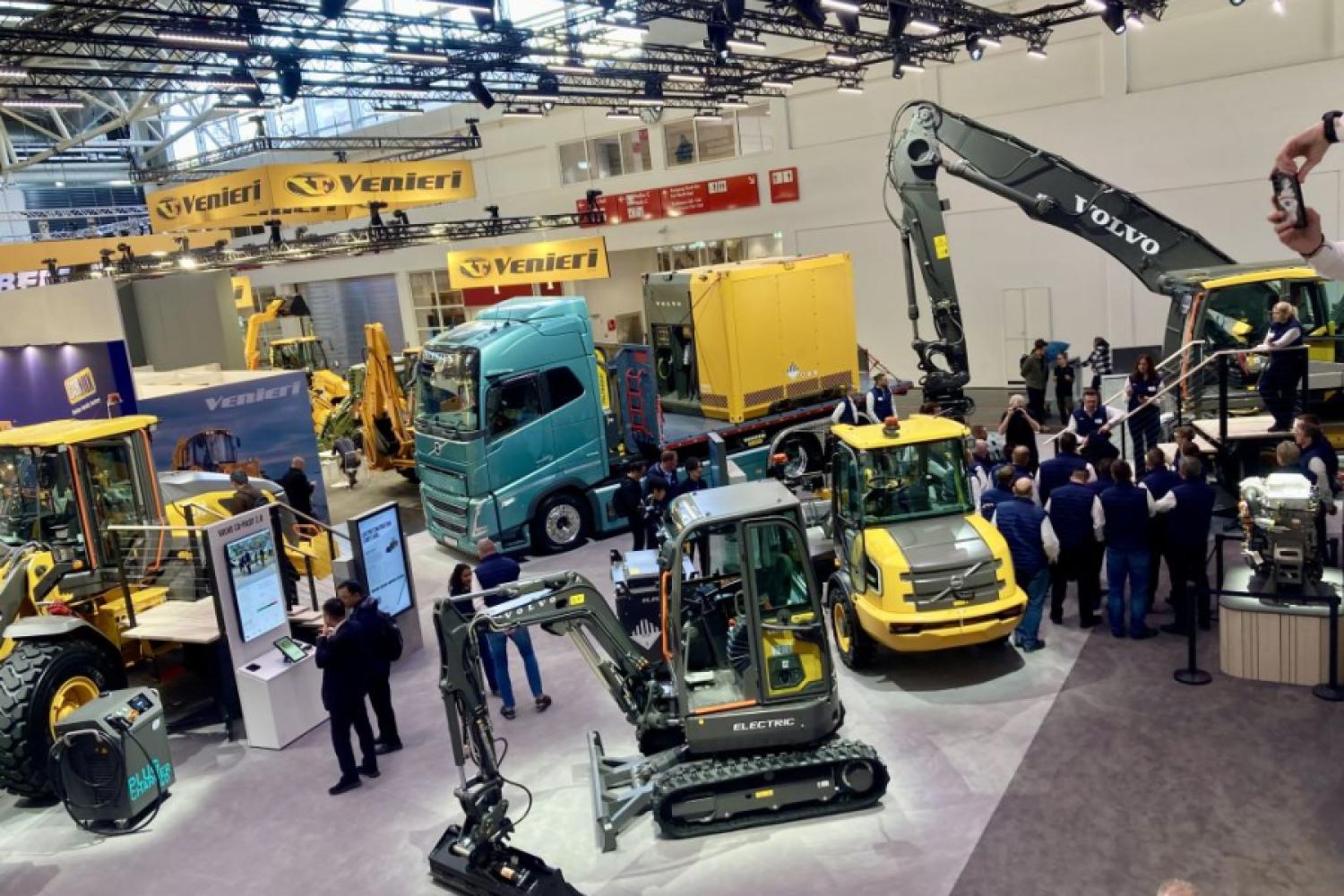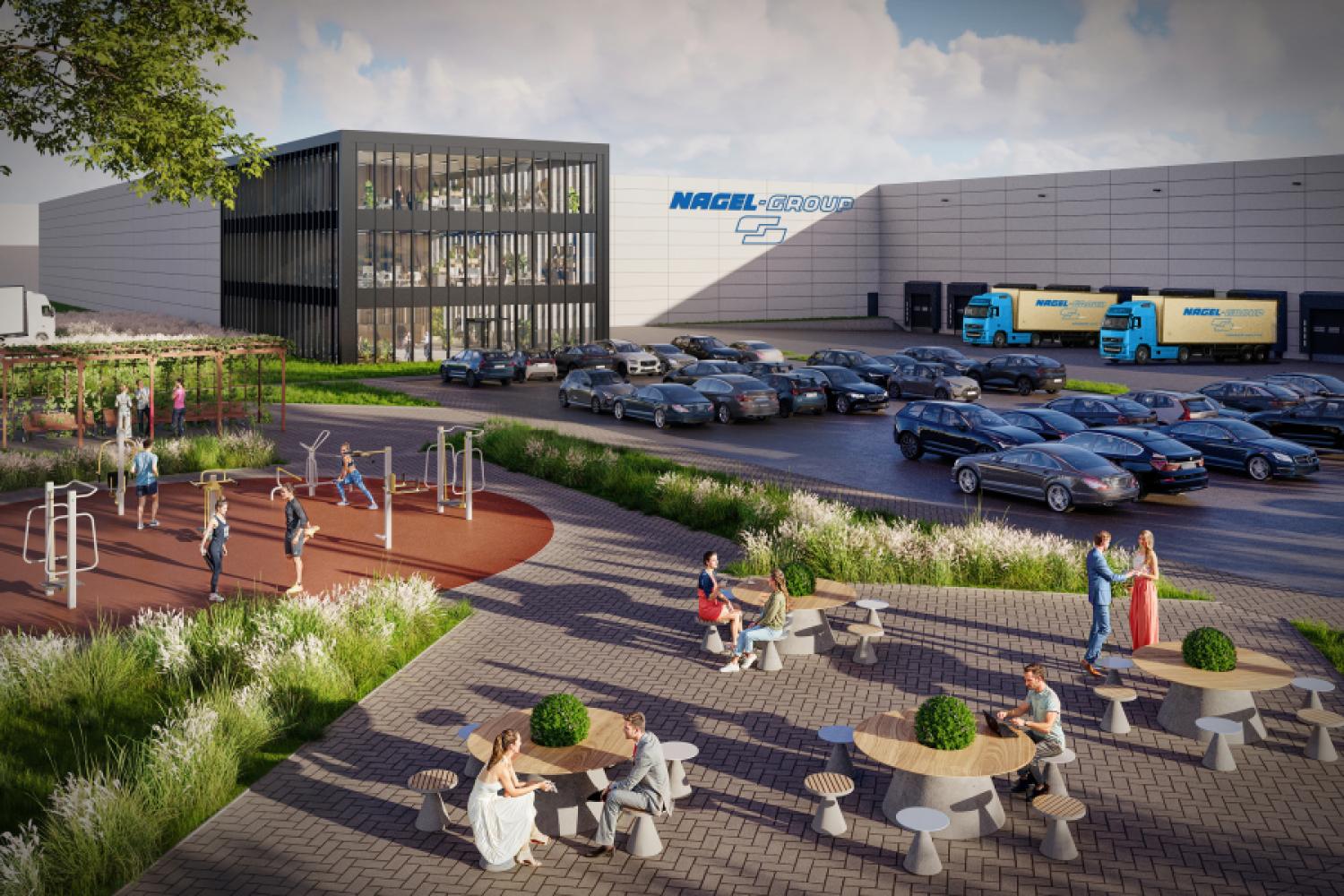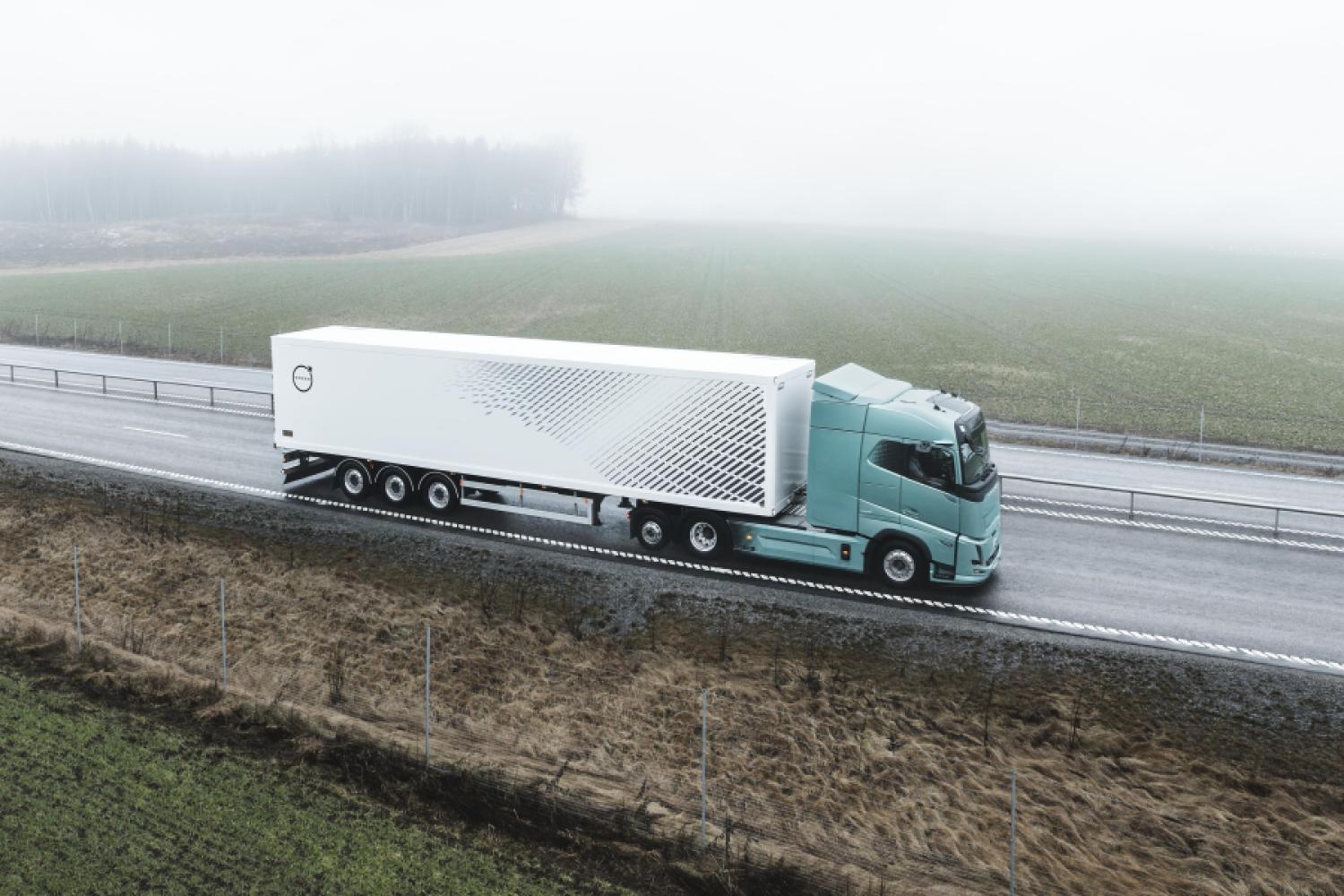The latest MAN diesel engine D30 is intended to – as the last MAN diesel generation ever – replace the proven D26 "bread and butter" engine D26 in the coming years. In the TGX semi-trailer trucks, the new engine is already the standard, with the chassis set to follow gradually.
Where does the D30 actually come from? While the D26 was still a native MAN product, the D30 is a product of the Traton group under the VW umbrella, with sister company Scania. The latter introduced the technically identical engine a few years ago under the subname “Super.” It is still legitimate to designate the D30 as a MAN product, because it is assembled in the MAN engine plant in Nuremberg.
Harald Wieching
explains in his webinar why the D30 has to replace the proven D26: The even stricter emission regulations expected with Euro VII can only be met by the D30: increased compression (23:1 compared to 21:1 in the D26) boosts the efficiency of this 12.8-liter six-cylinder to 50 percent energy efficiency. Less internal friction and demand-driven auxiliary units also play a role.
However, the D30 would also burn significantly hotter, resulting in an increase in nitrogen oxides. MAN addresses this conflict of objectives with a dual SCR injection. The AdBlue consumption only slightly increases as a result. From just under 8% of diesel consumption to 10.1 percent with the D30. Overall, the D30 achieves a reduction in consumption or CO2 of four percent.
Wieching
states that the fact that the new D30 reaches its maximum torque significantly earlier inevitably requires an adapted drivetrain. No problem for MAN, as they can rely on the 14-stage Tipmatic. This automated transmission, also developed by Scania in its basic form, always comes in an overdrive version. The highest gear (12) is translated for speed (0.78), and the direct gear is the eleventh. There are 14 gears if you count the two lowest gears as 13 and 14.
This opens up entirely new possibilities to always drive the engine in the most fuel-efficient range. If high load is required, the engine electronics favor the eleventh, direct gear. Due to the fewest gear engagements, it is the most economical under high load. Under
partial load or during coasting, you benefit more from a gear translated for speed because it builds less braking torque during coasting. So MAN with the D30 always shifts into the most efficient gear under its own roof. The overdrive practically simulates a very long axle – good for free rolling with little load, for example on flat terrain.
In terms of engine braking performance, the D30 also represents an advancement. Its cylinder head, controlled by two overhead camshafts, enables the use of a valve lever engine brake. This builds up enormous engine braking performance, allowing forgoing an additional retarder in many moderate topography applications. rod
All past sessions can also be viewed as a video stream after login and session registration on

